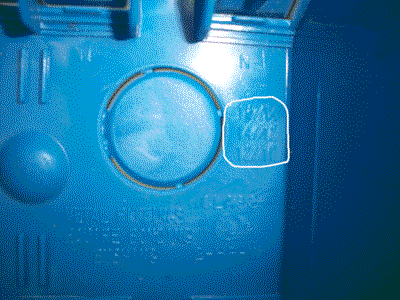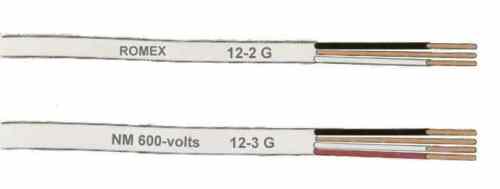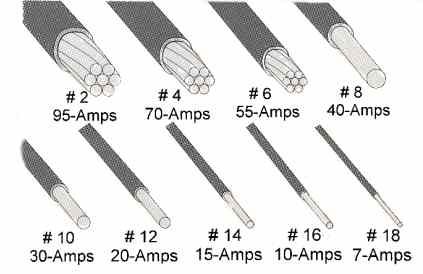One of the most asked questions I’m asked is about common electrical boxes and the wires in them. There are many different types of boxes and different types of wires and just how many wires can go in them. Below are just a few boxes on the market but are the most common. The metal boxes are mostly today used in commercial applications but some of you may have them in your home.
The plastic ones are by far the most common today. They allow the use of Romex wire to just be placed through a slot in the back with no Romex connectors. However, like all boxes, they come in different sizes. For a single outlet or switch, we use the single gang 18″ cubic square inch. This is the most common of them all. I usually bring a big box of 100 of them to the job. Then the next common thing would be the 22″ used when you need that extra depth. Both these boxes are the same size on the front, but one may be deeper than the other. The 22″ are good for those big GCFI outlets.
Now also, keep in mind that on each box no matter what it’s made from will have a stamp on it. It will look like the picture below.
 You’ll notice I circled the markings What it says is
You’ll notice I circled the markings What it says is
16/14 Means only 16 wires at 14 gauge.
14/12 Means only 14 wires at 12 gauge.
12/10 Means only 12 wires at 10 gauge.
Now each Romex wires has, at least, three wires in each Romex (cable)
1) A ground (bear)
2) A hot (black)
3) A neutral (white)
So make sure you pay attention and add those wires up before it’s too late.

Now let’s get on with the wire.
The most common of them all for your house is going to be Romex. Romex is that Rubber covered wire. A few years ago no matter gauge it was the outside covering was always white. This made it hard for the electrical inspectors to tell what gauge wire you were using without reading the stamp on the wire. Even harder if was out of reach.
So now they make it in colors. Most common the 14 gauge is still white and the second most common 12 gauge is yellow. This way you’ll know what you’re using without reading the gauge stamp and the inspector will know right away if you used the right gauge wire.
 The picture to the left you’ll be able to see what wire you should be using based on the amperage requirement.
The picture to the left you’ll be able to see what wire you should be using based on the amperage requirement.
For outlets and lights the most common wire is 14 and 12 gauge, but for kitchens and bathrooms pay attention code is going to require 20 amp.
An electric clothes dryer would use 40 amp 8 gauge wire 220 volts.
An electric hot water heater could be 30 or 40 amp 10 gauge wire 220 volts.
And most electric stoves will require the big 50 amp 6 gauge wire 220 volts.

Yes it will work. Being that the wire it self is larger then the breaker. But check with your code enforcer for code.
can i use 12-2 wire for a 15 amp breaker